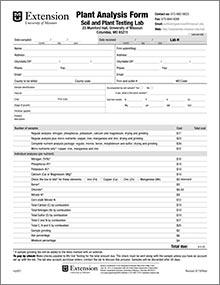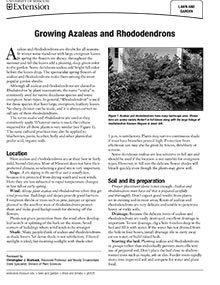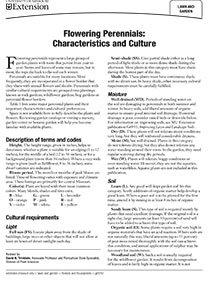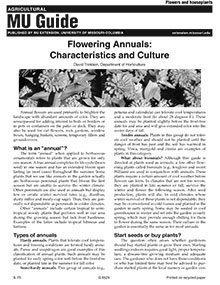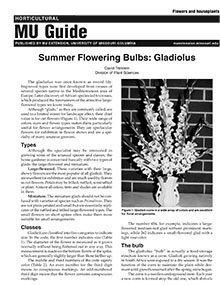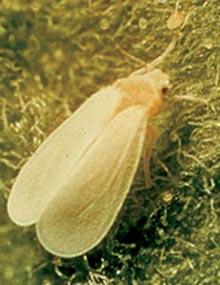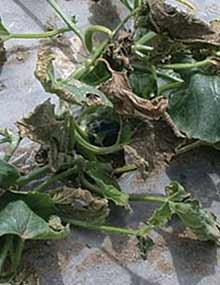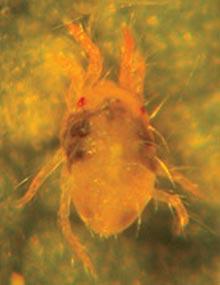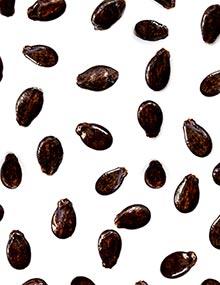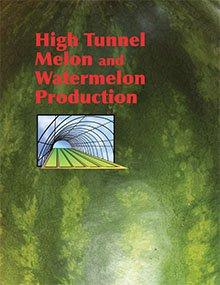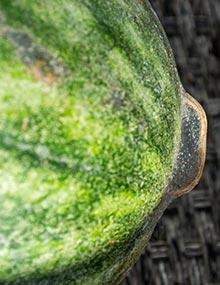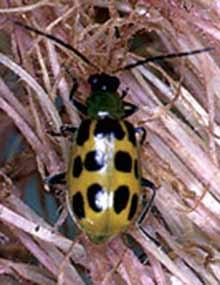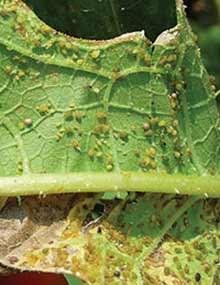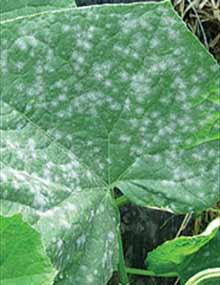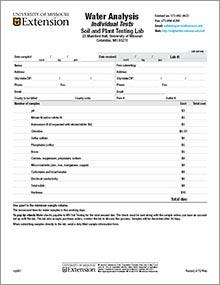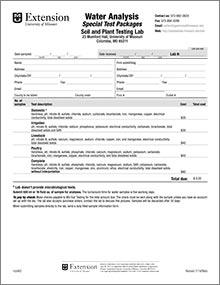Plant Analysis Information Form
Revised
Editor’s note
This publication is a fillable PDF. Select the “Download this publication” button and save the form to your computer. Then either fill it in using Acrobat Reader and print it to send with your samples, or print it and fill it in by hand.
Growing Azaleas and Rhododendrons
Reviewed
Flowering Perennials: Characteristics and Culture
Revised
Flowering perennials persist from year to year and are suitable in a flower border shared with annual plants or grouped in special plantings. Learn about some major perennials and their important characteristics and cultural preferences in this guide.
Spring Flowering Bulbs: Daffodils
Reviewed
Few garden plants give as much pleasure with as little effort as daffodils. They are one of the most vigorous and colorful flowers of spring. With good drainage they thrive in most soils, although they prefer a medium-heavy loam.
High Tunnel Melon and Watermelon Production, Page 09
Revised
Whiteflies are small, soft-bodied insects with wings covered with white, powdery wax that damage plants by sucking the sap and transmitting harmful viruses.
High Tunnel Melon and Watermelon Production, Page 04
Revised
Bacterial wilt is a serious disease of melons that is transmitted by spotted and striped cucumber beetles that feed on melon foliage.
High Tunnel Melon and Watermelon Production, Page 07
Revised
Spider mites are small, oval-shaped arthropods that can be found on the underside of leaves, where they congregate and suck sap from the plant.
High Tunnel Melon and Watermelon Production, Page 10
Revised
Find sources of melon and watermelon seeds
High Tunnel Melon and Watermelon Production
Revised
High tunnels are low-cost, passive, solar plant forcing structures that use no fossil fuels for heating or venting and provide many benefits to horticulture crop producers
High Tunnel Melon and Watermelon Production, Page 02
Revised
Maintaining healthy, nonstressed plants, managing the high tunnel environment properly, preserving beneficial insects and early pest detection will prevent many pests from becoming a problem within the high tunnel.
High Tunnel Melon and Watermelon Production, Page 05
Revised
Within two weeks after transplanting, begin scouting for cucumber beetles in the high tunnel. Use yellow sticky traps to detect cucumber beetles.
High Tunnel Melon and Watermelon Production, Page 08
Revised
Thrips are small, elongated insects that can be a serious insect pest of high tunnel melons and watermelons and are usually found clustered in flowers and on the underside of leaves.
High Tunnel Melon and Watermelon Production, Page 03
Revised
Melon aphids congregate on lower leaf surfaces and cause cupping of the leaves
High Tunnel Melon and Watermelon Production, Page 06
Revised
The dry, humid and dense plant growth within a high tunnel is optimal for development of powdery mildew.
Water Analysis — Individual Tests Form
Revised
The Soil and Plant Laboratory can test your water for irrigation, domestic, poultry or livestock suitability or run specific individual tests. Water analysis can be used to determine suitability for several purposes, such as for homeowners, irrigation or for use by livestock and poultry.
Water Analysis — Special Test Packages
Revised
The testing packages in this form target specific nutrients to provide a more complete picture of water quality for a particular use. Use this form to obtain a detailed water analysis from the MU Soil and Plant Testing Lab.
Collective Bargaining 3: Effective Negotiations, Background Information
Revised
Introduction Revised by Douglas Swanson, June 2022
Collective Bargaining 4: The Bargaining Climate - Page 3
Revised
The bargaining climate
In developing the bargaining goals and strategies of a local union, it is important to remember that not all relationships with employers are equal. The attitude of a particular employer toward the union and the obligation to bargain may range from the very positive to one approaching industrial warfare.
Collective Bargaining 5: Bargaining Techniques - Page 3
Revised
Documentation
No matter what procedures exist for maintaining an official record of the negotiations with the employer, the union must have its own mechanisms for the recording of all substantive discussions occurring in bargaining sessions.
Contract Interpretation Standards
Reviewed
Collective Bargaining 1: Historical Models of Collective Bargaining in the U.S. - Page 3
Revised
Employers ability to pay
Product market factors
Collective Bargaining 1: Historical Models of Collective Bargaining in the U.S. - Page 6
Revised
Avoidance of competitive unionism Avoidance of competitive unionism
Union bargaining strength is also weakened by wage competition between more than one union in each industry or with a particular employer.
